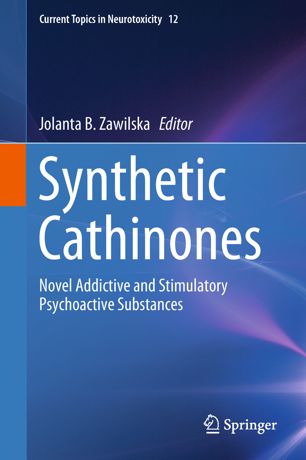

Most ebook files are in PDF format, so you can easily read them using various software such as Foxit Reader or directly on the Google Chrome browser.
Some ebook files are released by publishers in other formats such as .awz, .mobi, .epub, .fb2, etc. You may need to install specific software to read these formats on mobile/PC, such as Calibre.
Please read the tutorial at this link: https://ebookbell.com/faq
We offer FREE conversion to the popular formats you request; however, this may take some time. Therefore, right after payment, please email us, and we will try to provide the service as quickly as possible.
For some exceptional file formats or broken links (if any), please refrain from opening any disputes. Instead, email us first, and we will try to assist within a maximum of 6 hours.
EbookBell Team

5.0
108 reviewsOver the last decade, and particularly during the recent five years, a rapidly increasing number of novel psychoactive substance (NPSs), often marketed as “designer drugs”, “legal highs”, “herbal highs”, “research or intermediate chemicals” and “laboratory reagents”, has appeared on the drug market in an effort to bypass controlled substance legislation. NPSs encompass a wide range of different compounds and drug classes but had been dominated by synthetic cannabinomimetics and psychostimulatory synthetic cathinones, so-called β-keto amphetamines. Compounds from the later class were first detected in Europe in 2004, and since then 103 new cathinones have been identified and reported to the European Monitoring Centre for Drugs and Drug Addiction, with 57 during the last two years.
Synthetic cathinones – novel addictive and stimulatory psychoactive substances is the first publication of this kind that provides readers with background on chemical structures, detection, prevalence and motivation of use of the very popular group of NPSs. This book also presents comprehensive overview of the mechanisms of action, pharmacological activity, and main metabolic pathways of synthetic cathinones, followed by a detailed discussion of the acute and chronic toxicity associated with the use of these substances. Written by international experts in the field, this multi-authored book is a valuable reference not only for scientists, clinicians and academics, but also for readers representing different professional background who are involved in educational-prophylactic activities directed to harm reduction of psychoactive compounds.